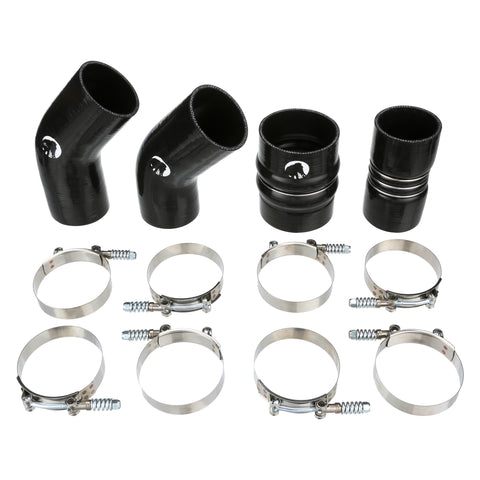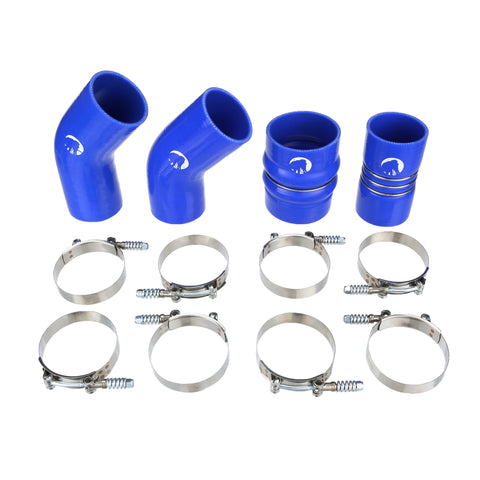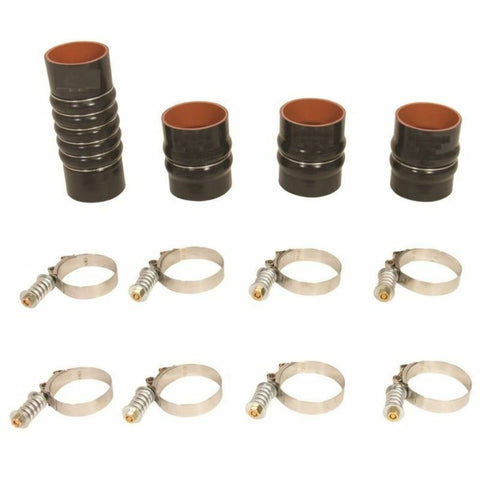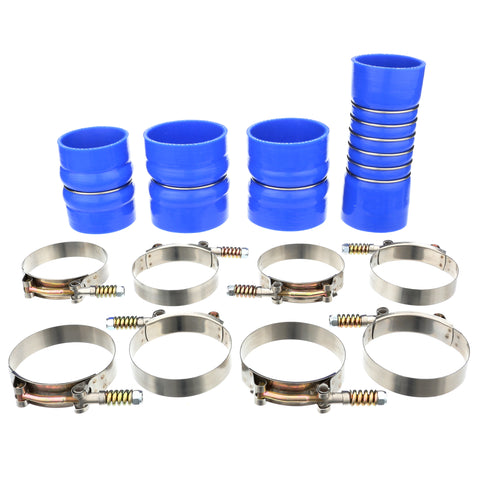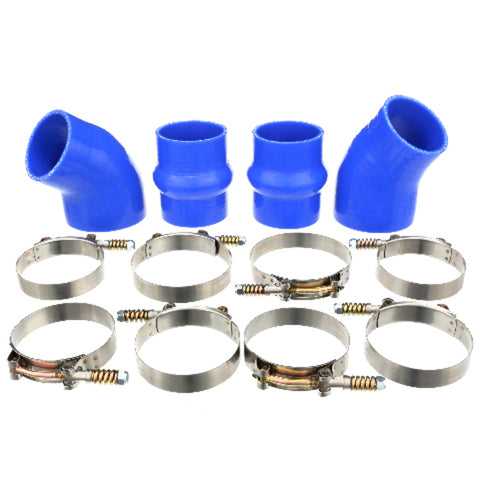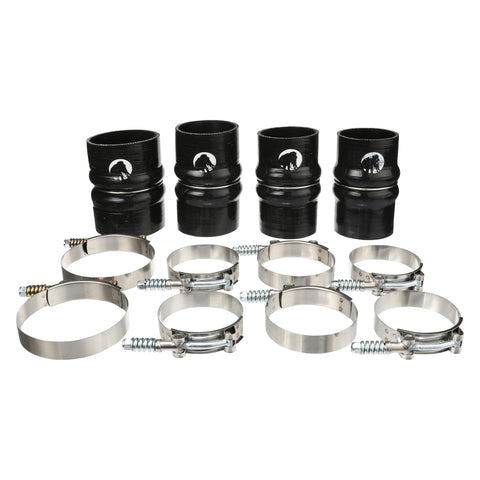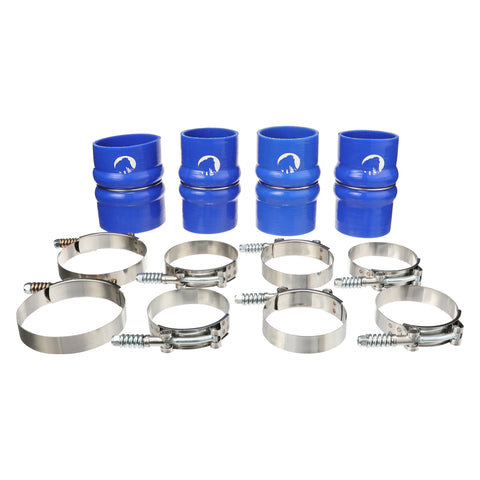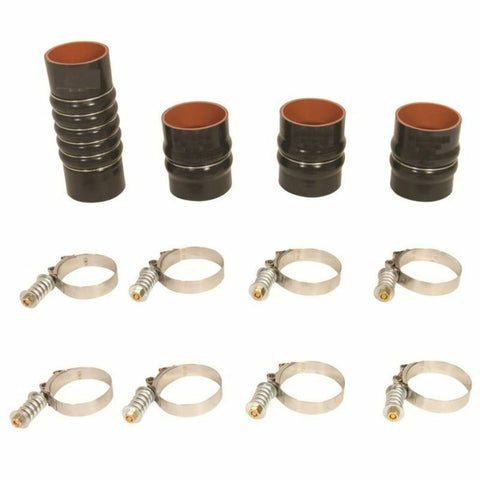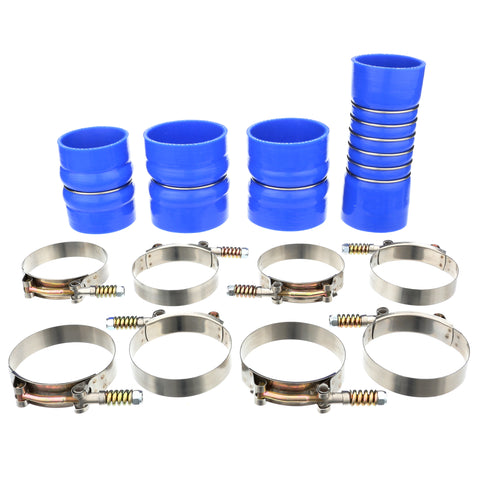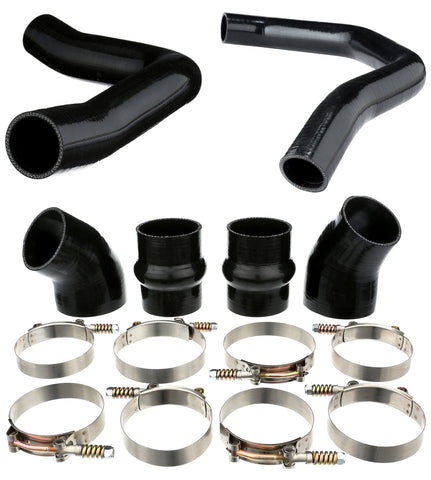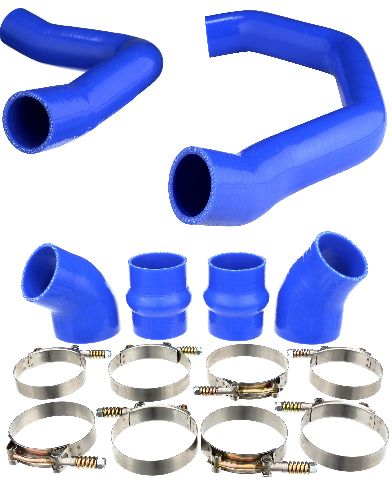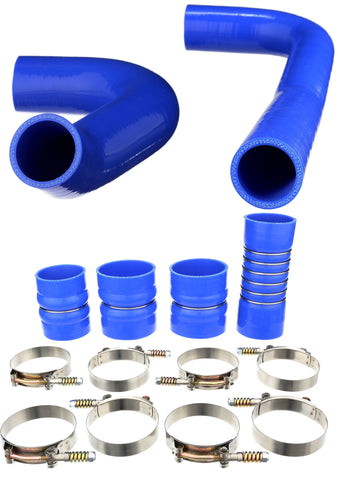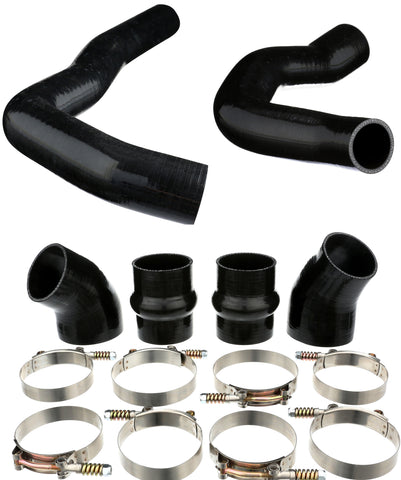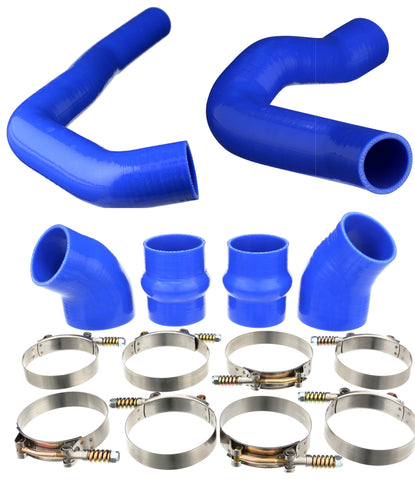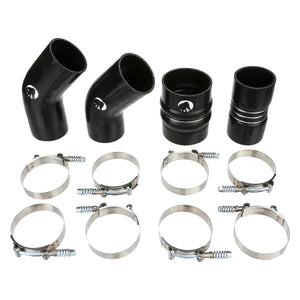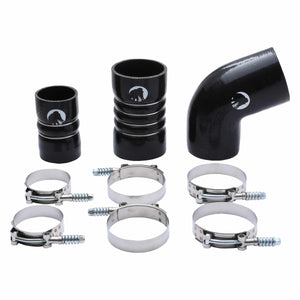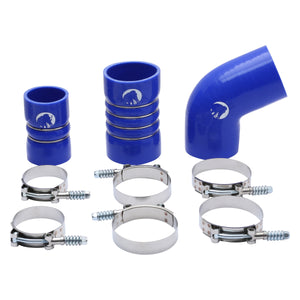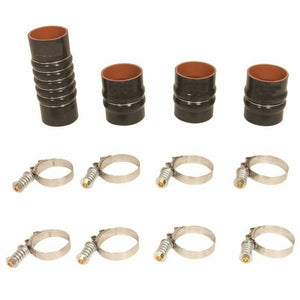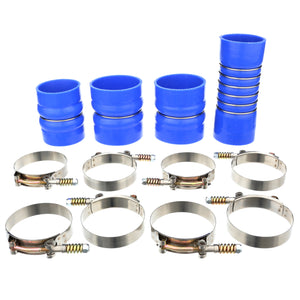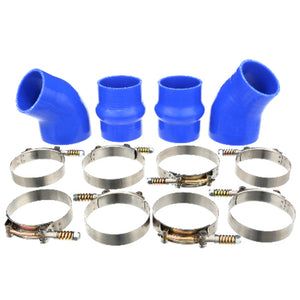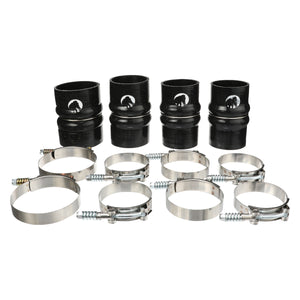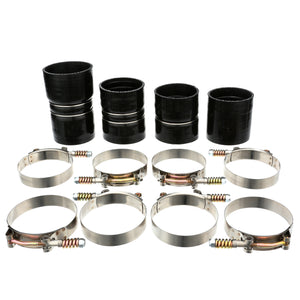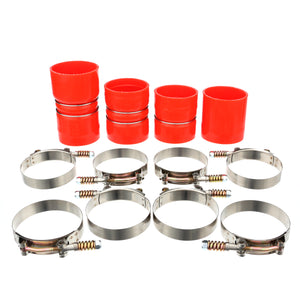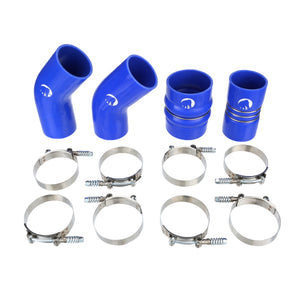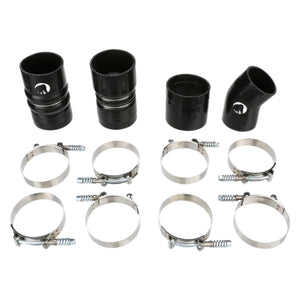Why Silicone Is Heat Resistance?

Table Of Contents
You've probably come across many products that are made of silicone. From kitchenware to electronics, medical equipment, automotive parts, etc. Silicone has many uses, making it one of the most popular materials.
It is widely used due to its unique properties, which include low volatility, flexibility, and adhesiveness. But one property makes silicone stand out, and that's heat resistance. It can withstand very high temperatures and remain intact. So, what exactly is silicone?
What is silicone made of?
Silicone, also called polysiloxane, is a synthetic material created from a combination of elements. It is a polymer (large bonded molecules) of carbon, hydrogen, oxygen, and silicon NB: spelled differently). In some cases, silicone can be combined with other elements.
Silicone contains siloxane, giving it a rubber-like consistency. This unique feature allows it to be used in resins, fluids, and elastomers.
Silicone is highly resistant to heat. It has a thermal stability of up to 250 C, while some unique silicones can resist even up to 450C. Silicone is also resistant to natural aging, such as oxidation and UV, fire, and low emission of toxic fumes and smoke.
How Does Silicone Achieve Heat Resistance?
Unlike other materials, which combust easily, silicone does not. What makes it resistant to heat?
Low Thermal Conductivity
Thermal conductivity is a material’s ability to conduct or transfer heat. Silicone has a very low thermal conductivity, meaning it transfers heat at a low rate. This allows it to maintain its structure even under high temperatures.
Silicone's heat resistance results from the strong bond between silicon and oxygen, which keeps the material from disintegrating.
Resistance to Oxidation
When materials are exposed to high temperatures, they react to oxygen, a process called oxidation, which degrades material properties. Silicone is highly resistant to oxygen, UV light, and Ozone, thus retaining its structure.
Minimal Thermal Expansion
Since silicone can withstand high temperatures, it barely expands when exposed to heat. Minimal expansion prevents it from cracking, bulging, or experiencing any deformities.
Water Repellant
Silicone is a hydrophobic material, meaning it repels water. It does not attract water molecules because the silicon-oxygen polymer contains non-polar methyl.
What is Silicone Used For?
Silicone has a wide range of uses, some of which include:
Cosmetics: silicone is biocompatible and has strong color retention. This makes it ideal for beauty products like sunscreen, shampoos, conditioners, and deodorants.
Sports Wear and Accessories: Its sealing properties can make fabrics waterproof. It has a high resistance to UV light, oxygen, and Ozone. It creates lightweight, waterproof, and durable fabrics that remain breathable.
Paints and Coatings: Silicone protects exterior coatings and paints from cracking caused by thawing and freezing.
Aerospace: Its ability to withstand temperatures shields sensitive electronics from blistering rocket temperatures.
Aviation: Silicone sealants are used to protect various airplanes' parts, including windows, doors, fuel tanks, black boxes, and hydraulic switches
Medical: Silicone makes implants that function well within the human body. It also makes balloon catheters, hearing aids, and skin medication.
Automotive: Silicone manufactures hoses, gaskets, and shock absorbers. They are designed to withstand extreme environments. It is also used in automotive products such as waxes and rubber dampers.
Why is Silicone Popular in the Automotive Sector?
Vehicle manufacturers heavily rely on silicone because of its high quality, durability, and performance.
Silicone rubber can extend the lifespan of vehicles because it is resistant to heat, harsh weather conditions, physical damage like abrasion and cracks, chemicals, and salt. It is also versatile and can manufacture various car parts and components.
What Are the Uses of Silicone in the Automotive Sector?
Silicone is used in the automobile industry to make a wide range of products and parts. These are some examples:
Seals and gaskets: to seal fluids and prevent them from leaking.
Insulation: car manufacturers use silicone in wires and other car parts because it acts as an electrical insulator.
Acoustic and vibration insulation: A silicone sponge protects applications from vibration that can cause damage.
Intercooler hoses: Since silicone is heat resistant, it is used to make coolant hoses to regulate temperatures in the engine area. In addition, silicone does not easily crack and prevents coolant from leaking.
Exterior trims and seals: since silicone is hydrophobic, it is used to seal external car parts like doors, windshields, and window seals. This prevents water from penetrating the car.
Environmental resistance: silicone resists rain, salt, water, UV radiation, and chemicals. This enhances durability, making it a go-to option for many car parts.
Prototype models: silicone is used alongside other materials to make prototype vehicle models.
How Mammoth Performance Can Help
Mammoth Performance Parts understands the significance of using silicone in automotives. Our radiator hoses are made of high-quality silicone to prevent leakages, cracks, and any other damage. We also offer a lifetime warranty to guarantee your vehicle's safety and lifeline. Visit us today to learn more about silicone-made vehicle products.
Mammoth Performance Parts offers the following parts for your vehicle:
- Silicone coolant hoses: Maintaining perfect coolant flow for optimal engine temperature, even in extreme environments. Replace your cracked rubber hoses.
- Silicone vacuum lines: Ensuring precise pressure control for boost systems and sensitive emissions equipment.
- Silicone intercooler hoses: Keeping charged air cool and dense for maximum power and efficiency. Upgrade your cracked and leaky boots today.
FAQs About Silicone Heat Resistance
Can silicone burn?
Yes. Despite silicone being heat resistant, it can surely burn. However, the temperature at which it burns depends on the type of silicone and its formulation.
Can you use silicone in automotive?
Yes. Silicone is widely used in the automotive industry for many purposes. Some include engine tubing, gasket manufacturing, coolant hoses, adhesive sealants, and electrical insulant.
Is Silicone rubber or plastic?
Even though silicone shares plastic and rubber properties, it is neither rubber nor plastic.


